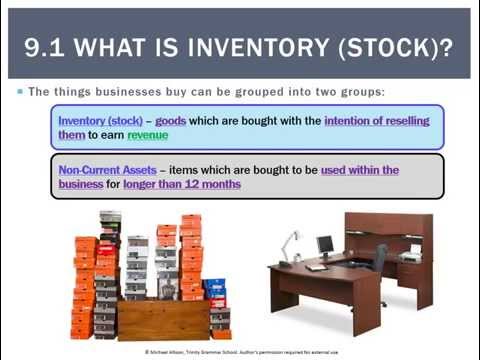7.1: Merchandise Inventory
- Page ID
- 26216
LEARNING OBJECTIVES
You will be able to describe the basis for inventory valuation and you will be able to:
- Define merchandise inventory.
- Calculate ending inventory and cost of goods sold under the periodic inventory system using FIFO, LIFO, Weighted Average and Specific Identification methods.
- Describe factors considered when selecting and inventory method and the effects of such a selection on the financial statements.
- Apply the lower-of-cost-or-market rule.
- Explain internal control issues and procedures for inventory.
- Describe the impact of inventory errors on financial statements.
- Calculate ending inventory and cost of goods sold under the perpetual inventory system using FIFO, LIFO, and Weighted Average methods.
What is merchandise inventory? Watch this short video to find out.
Inventory is often the largest and most important asset owned by a merchandising business. The inventory of some companies, like car dealerships or jewelry stores, may cost several times more than any other asset the company owns. As an asset, the inventory figure has a direct impact on reporting the solvency of the company in the balance sheet. As a factor in determining cost of goods sold, the inventory figure has a direct impact on the profitability of the company’s operations as reported in the income statement. Thus, the importance of the inventory figure should not be underestimated.
- Accounting Principles: A Business Perspective.. Authored by: James Don Edwards, University of Georgia & Roger H. Hermanson, Georgia State University. . Provided by: Endeavour International Corporation.. Project: The Global Text Project.. License: CC BY: Attribution
- 9.1 What is Inventory (stock)?. Authored by: Michael Allison. Located at: youtu.be/yB-J2mFntWs. License: All Rights Reserved. License Terms: Standard YouTube License


